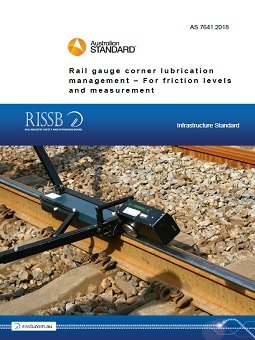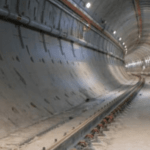Friction management using solid or fluid (oil, grease, etc.) substances at the wheel-rail interface is a complex subject and includes the following aspects:
- Lubrication of the wheel flange/rail gauge corner (active interface), commonly referred to as ‘flange or rail lubrication’.
- Friction modification of the top of rail/wheel tread interface, commonly referred to as ‘top of rail friction management’.
The objective of this document is to specify friction levels and provide guidance for application for rail lubrication for areas which have been determined by the RIM to require lubrication.
Rail lubrication is primarily aimed at extending the life of rail and wheel assets.
Extensive research has been conducted into the performance of lubricators and lubricants in recent years. This research has been conducted against a background of increasing cost pressures on railways and a need to reduce the cost of installing and maintaining lubrication systems while still providing the benefits of lubrication in terms of–
- reducing high rail gauge face wear;
- reducing wheel flange wear;
- reducing the risk of wheel climb on high rails;
- reducing Rolling Contact Fatigue (RCF) initiation on the high rail gauge corner;
- reducing rail grinding maintenance on the high rail;
- reducing wheel / rail noise; and
- reducing energy (fuel / electrical power) requirements of trains.
Lubrication of the wheel rail interface on the gauge face and gauge corner reduces friction energy, which reduces wear. This in turn helps to optimise the life of the rail and wheel assets, and can lead to noise reduction.
Lubrication is required wherever there is potential for significant wear on curves exhibiting gauge face wear on the high rail, risk of wheel climb, or where flanging noise is a problem.




